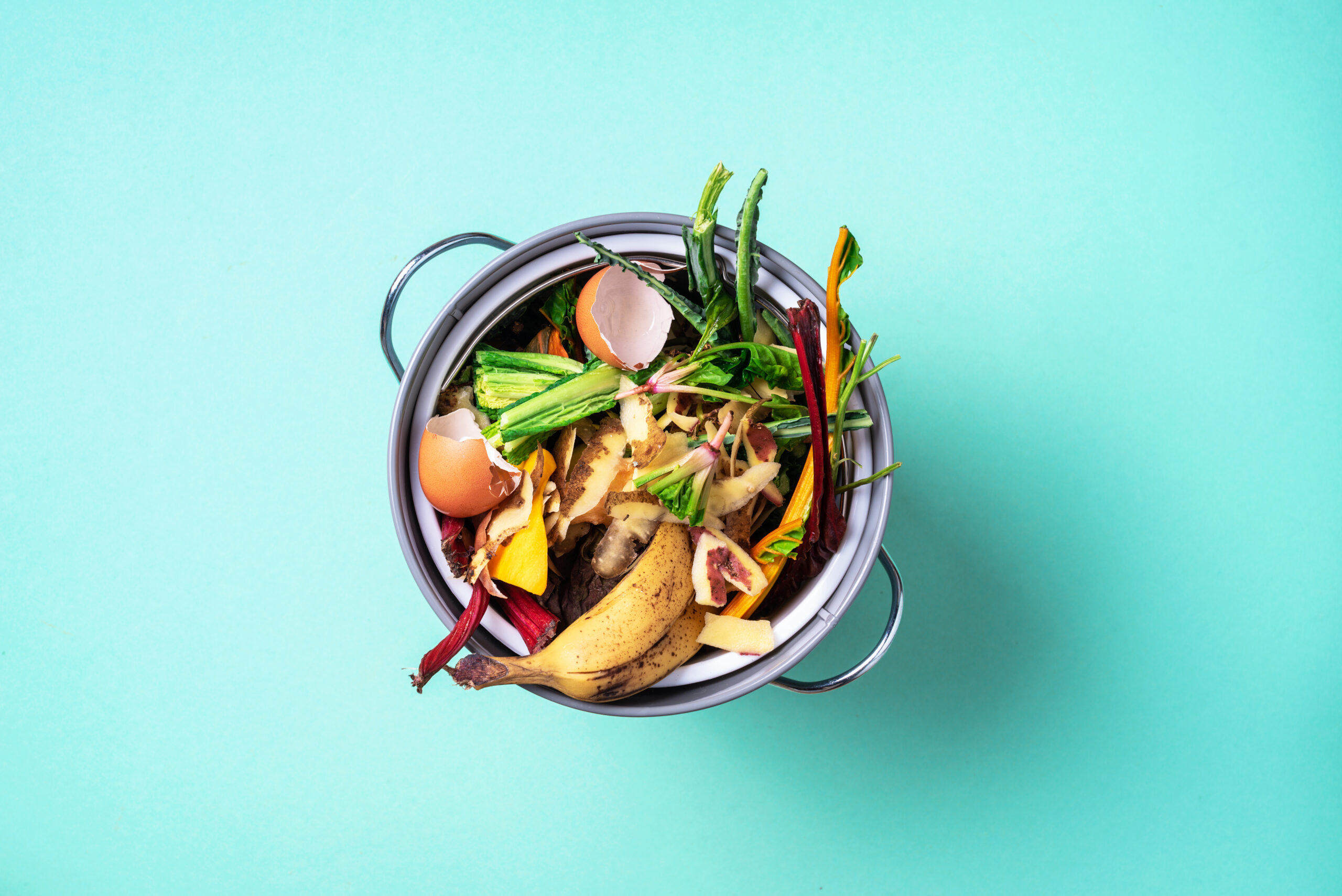The US Food and Drug Administration (FDA) announced a voluntary phase-out of certain types of grease-proofing agents on paper and paperboard food packaging. This phase-out comes after an FDA post-market scientific review and analysis from studies found bio-persistence of the grease-proofing substances.
Food packaging, from burger boxes, wrappers and disposable bowls to bags for french fries, sides and desserts may contain potentially hazardous PFAS chemicals. These chemicals, used in food packaging at popular restaurants such as McDonald’s, Sweetgreen, and Wendy’s, help prevent grease and oil from seeping through the packaging.
Related: Are Single-Use Plastics Safer for Food Delivery?
The report came from the nonprofit group Toxic-Free Future, and the Mind the Store campaign, an initiative of the organization Safer Chemicals, Healthy Families. It found that nearly half of the foods that were tested were enclosed in packaging that likely contained PFAS.
PFAS (per- and polyfluoroalkyl substances) are often dubbed “forever chemicals” because they’re essentially indestructible. Among the nearly 5,000 types of PFAS chemicals that have been studied, many have been linked to harmful health effects. They include decreased fertility, hormonal changes, high cholesterol levels, weakened immune system response, increased risk for certain cancers and low birth weight in infants. However, most PFAS chemicals have not been studied closely.
Understanding how PFAS chemicals get into our bodies and the environment — where they may contaminate crops and water supplies — is critical as out knowledge of their health effects come to the forefront. The need to identify the various sources of exposure cannot be overstated given the widespread use of PFAS and the emerging evidence of toxicity of many compounds.
The Problem with PFAS in Food Packaging
The presence of PFAS in food packaging may not initially seem problematic to consumers because they don’t eat the wrappers. Despite this, PFAS are still finding their way into our bodies. PFAS were detected in nearly everyone tested in US studies involving people over 12 years old. One possible means of exposure is direct migration from packaging to food is, and some research has shown that people who tend to cook at home more often than going out may have lower levels of PFAS in their bodies.
Because of what happens when we dispose of food packaging, PFAS in can build up in the environment and in drinking water. The chemicals can freely migrate once they go into landfills, making their way into our food and water supply.
Who Uses PFAS?
In January 2020, an independent laboratory tested 38 samples of food packaging collected by the report’s authors. The samples came from six fast food or fast casual chains in 16 locations in three states and Washington, D.C. Since fluorine is a key component of any type of PFAS, the lab looked for the chemical in each sample.
There was little fluorine in most burger and sandwich wrappers in the tests, with Burger King’s Whopper wrapper being the only burger wrapper that appeared to be treated with PFAS. McDonald’s Big Mac clamshell container was also likely treated with PFAS. Both chains’ paper bags used for fries, sides or dessert items, as well as a paper bag for a Wendy’s dessert, had high enough levels of fluorine to indicate PFAS treatment.
At CAVA, Freshii, and Sweetgreen, the more health-focused chains, every molded fiber bowl or tray contained fluorine, sometimes nine or ten times higher than the threshold used by the report’s researchers, indicating PFAS treatment. Often used in place of plastic, these containers have been generally touted as compostable, which often makes consumers believe that they’re eco-friendly. But PFAS lasts nearly forever and can contaminate the environment.
How to Get PFAS Out of Food Packaging
While the study wasn’t large enough to accurately indicate how widespread the use of PFAS is, it helped to show that PFAS in food packaging, especially for fiber bowls and trays, is still a concern.
Over the last three years, several other studies have found PFAS in fast food packaging, which has encouraged market and regulatory changes. The FDA now prohibits a few PFAS chemicals in food packaging, with Maine and Washington passing restrictions on PFAS in packaging, as well as cities like San Francisco and Berkeley.









Join or login to leave a comment
JOIN LOGIN